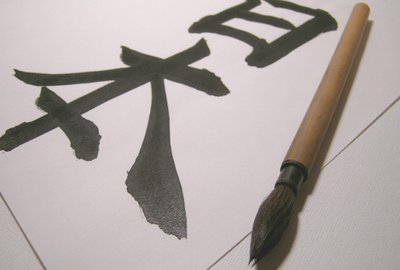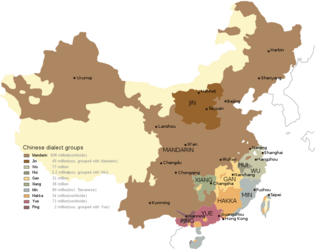
5 facts about the chinese language
1. Most spoken language worldwide
Chinese is the language the most people used as a mother tongue. Not only is Chinese in mainland China the official language but also in Taiwan, Hong Kong, Malaysia Singapore and Macao. Over 955 million people speak this language, that means that about 15 % of the world population speaks Chinese. This is perhaps also why many famous people such as Mark Zuckerberg or Malia Obama have studied Chinese. It is also one of the six official UN languages.
2. Characters and Calligraphy
The Chinese language does not have a segmental alphabet. They use instead of it the standalone characters. The language consists of tens of thousands of characters. But the good thing is that about 98 % of written Chinese consist of the same 2500 characters. To understand a basic text such as a newsletter, you should need to know about 2,500 characters. If you want to use Chinese characters regularly you should know approximately 5000 characters. One other interesting fact about the Chinese characters is, that the writing system is over 3000 years old. It has been found 1600 BC. There are two different characters: Traditional and simplified characters.
Chinese characters have been evolving from scratch and are still in the process of evolution. The most significant evolution in modern times is from traditional to simplified. When the People's Republic of China was established in 1949, the literacy rate in China was around 20%. The government has launched a Chinese Character Simplification Scheme to improve literacy and education across the country. Approximately 2,000 traditional characters were modified, primarily by reducing the number of strokes and/or merging the characters. Traditional Chinese preserves the orthodox characters that have been used for thousands of years, and Simplified Chinese is mainly considered to be the simplified version of the traditional Chinese characters.
Over time, Simplified Chinese is adopted in mainland China, Malaysia, and Singapore, while the people of Hong Kong, Taiwan, and Macau continue to use the traditional writing system.
Fun fact: In simplified Chinese, new words are still being added. Chinese has five traditional forms of Chinese calligraphy: Seal Character, Official Script, Formal Script, Running Script and Cursive Hand. Another fact about the writing is, that the handwriting is considered as one of the most unrecognizable because of the large variation in writing styles and the changes that occur between typed text and handwritten characters.
3. Dialects
In China, the official language is called mandarin. But in the regions in China the people speak different kind of dialects. This leads to the fact that people from different regions can only communicate via Mandarin. Other dialects cannot be understood unless they grew up with the dialect. Over the map, you have an overview over the different kind dialects. As you can see, the regions have a different dialect.
4. Pronunciation
From all the languages over the world, Chinese is considered as one of the hardest languages to learn.The reasons are, that they have, compared to the English language, a different writing system, grammar, pronunciation style and sounds. The language is a tonal, that means that a word can affect its meaning. The language has four different tones - from higher pitches to a lower pitch. For example, the sentences "wǒ xiǎng wèn nǐ" can have two different meanings. If you pronounce the word "wen" with a falling pitch, it means "I want to ask you something". But if you pronounce the word with a rising pitch, it means I want to kiss you.
5. Grammar
Chinese has relatively uncomplicated grammar. Unlike Indo-European languages, Chinese has no verb conjugation and no noun declension. For example, while someone learning English has to learn different verb forms like "speak/spoke/spoken," however, in Chinese, you just need to remember one word: shuo (说). While in English you have to distinguish between "language" and "languages," in Chinese there is only one form: yuyan(语言). In a nutshell, you don't need to memorize verb tenses and all of the grammar variations for gender, article, and plurals in the Chinese language, which make this language easier for beginners to pick up.
If you want to learn Chinese, a language course would definitely be suitable. Here you will be taught the language properly by a professional teacher. Did you know that Sprachcaffe also offers Chinese language courses? Here you can get more information about this topic.




